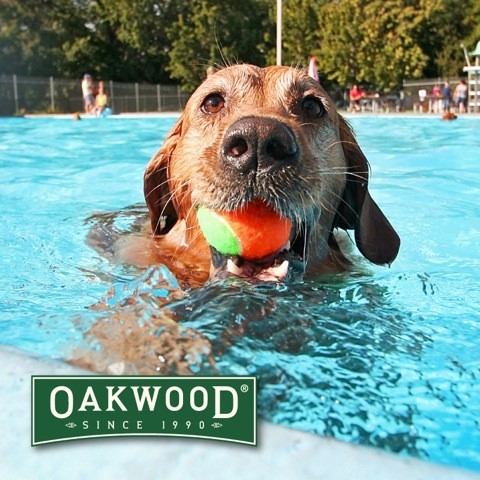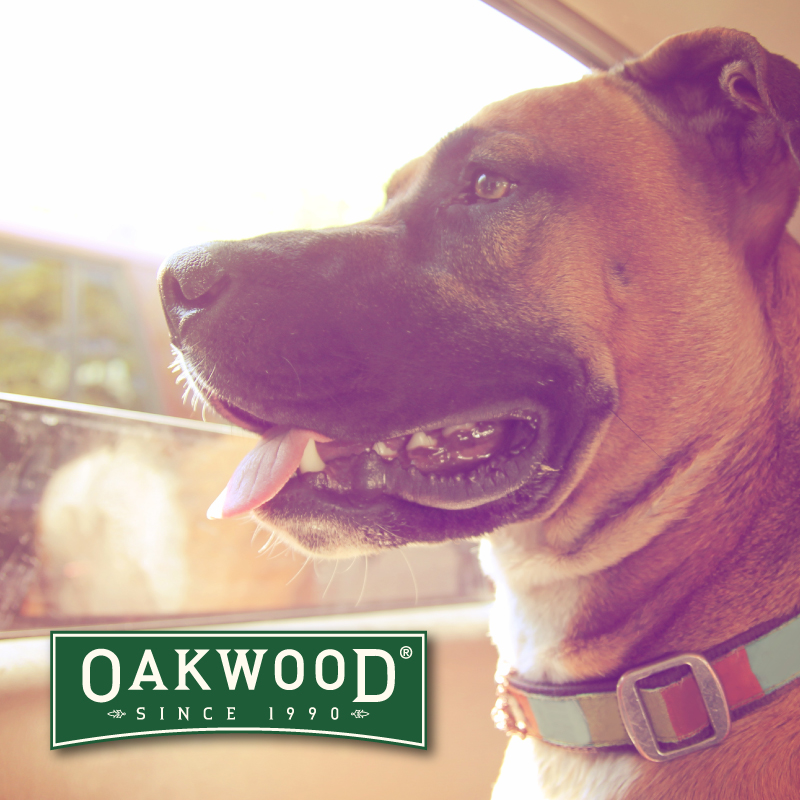
TIP# 1 – Fresh water daily- Always have fresh water available for your pets. Make sure you use heavy bowls so they can’t be knocked over easy. Consider having two bowls in case one is emptied and ensure they’re in the shade – you don’t like to drink hot water and neither will your pet.
TIP# 2 – Shade – Make sure your pet has access to a cool, shady space at all times of the day. Tip: The sun moves throughout the day, so an area that’s shady in the morning might not be shady in the afternoon.
TIP# 3 – Washing and grooming – By washing and grooming your pet thoroughly will help strip out any excess fur to keep them cooler.
TIP# 4 – Summer itches – With seeding grasses, warm temperatures and high UV, skin irritations are far more likely to occur during summer.Make sure you keep hair around ears and paws short to minimize the rick of seeds sticking and burrowing into the skin. Inspect your dog after walking and remove any seeds.Fleas are much more prevalent in the hot months. Wash your pet with a medicated shampoo such as our Oakwood Medicated Flea Shampoo to help sooth-irritated skin and treat fleas. Consult your veterinarian if fleas and itchy problems persist.
TIP# 5 – Sunburn – Dogs and cats can be susceptible to sunburn during the hotter months. This is more likely with animals that have white fur and pink skin on their noses and ears. To prevent sunburn, keep dogs and cats indoors away from harsh sunlight. You can also try applying sunscreen to sensitive pink noses and ear tips.
TIP # 6 – Never leave your dog in a car – Cars can become extremely hot very quickly in summer. Even with the windows down the temperature can rapidly rise to deadly levels within minutes. Likewise don’t lock your dog in a small or poorly ventilated space such as a garden shed.
TIP# 7 – Walk early or late – Dogs can suffer from heat stroke when exercised during extreme heat. Walk at the coolest times of the day in the early morning and late evening. Keep in mind pavements and roads can become extremely hot and can burn the pads on your dog’s paws. Also, never tie your dog up in the sun, even when you’re just making a quick dash into a shop.
TIP# 8 – Paralysis ticks – in the Southern areas of Australia they are found during the warmer months of the year. If you live in or are travelling to an area where ticks may be present, here are some tips to help. Check pet fur on a regular basis especially around head, ears and under collars. If you remove a tick after your dog has started showing some signs, you should seek veterinary attention. Tick collars can provide protection for up to 3 months. Ensure you oral chew treatment is up to date and there are spot on treatments that both repel and kill ticks when applied every 14days.
TIP# 9 – Swimming pools – Many dogs love to swim and it’s a great way to cool down with your pet, but pools can also be a hazard for pets. Most dogs are able to swim, but not all dogs can find their way out of a pool and can drown. Puppies exhaust themselves very quickly. Don’t leave a dog or puppy unsupervised near water.
TIP# 10 –Scary summer storms – Thunderstorms can be a terrifying experience for both dogs and cats. Ideally your pet should be indoors with human company during thunderstorms. Close curtains and blinds; turn on lights and the stereo or radio for background noise. If you pet has to remain outside ensure the yard is secure and your pet is identifiable.
Your pet relies on your for care and protection. With a little thought and planning you can ensure their comfort and wellbeing throughout the hot Australian summer.

